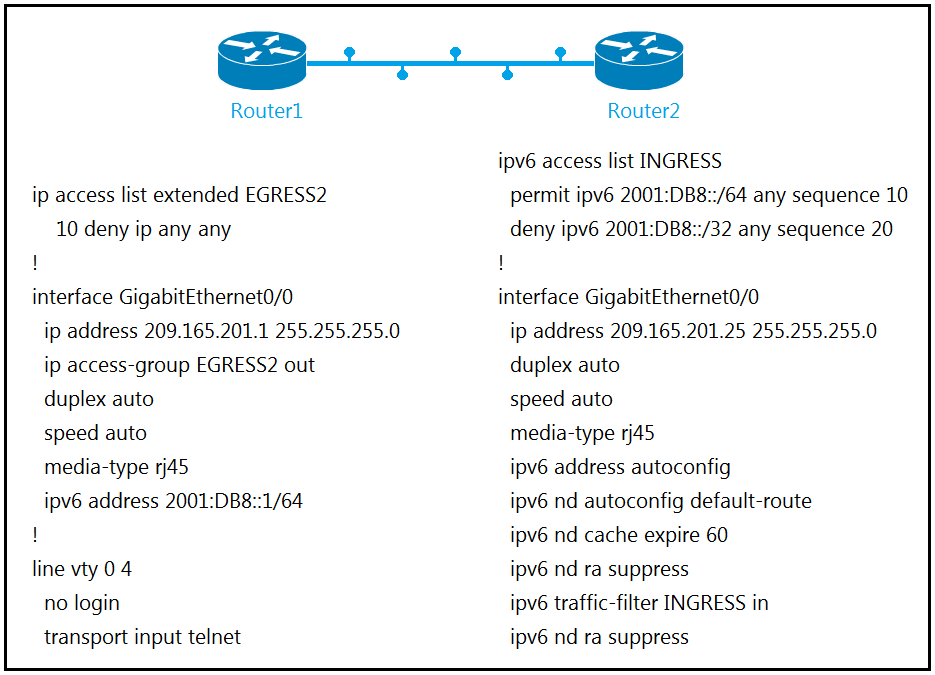MP_iBGP is correct. I also used a LAB and verified results.
Debug
*Dec 5 23:42:07.442: [IPv6 Input]IPv6RT[default]: ND, Added path FE80::C804:CFF:FEFE:1C/GigabitEthernet1/0 (A:0x1/F:0x0)
*Dec 5 23:42:07.446: [IPv6 Input]IPv6RT[default]: ND, Route add 2001:DB8::/64 [new 2/0]
*Dec 5 23:42:07.450: [IPv6 Input]IPv6RT[default]: ND, Added path ::/GigabitEthernet1/0 (A:0x1/F:0x0)
*Dec 5 23:42:07.458: [IPv6 RIB Event Handler]IPv6RT[default]: Event: ::/0, Add, owner ND, previous None
*Dec 5 23:42:07.466: [IPv6 RIB Event Handler]IPv6RT[default]: Event: 2001:DB8::/64, Add, owner ND, previous None
